MOSCOW, January 10-RIA Novosti, Andrey Kotz. Almost the entire arsenal of the Russian military-weapons and equipment-is designed for temperatures from minus 50 to plus 50 degrees. If the heat is still more or less clear, then fighting in the extreme cold entails serious changes in tactics and strategy. About how this is taken into account by the statutes and the command, — in the material of RIA Novosti.
"General Frost"
According to military science, winter and summer are considered the most favorable for combat operations, since the ground, respectively, freezes or dries out. In the spring and autumn, the advance of military columns is strongly hindered by rasputitsa. However, in winter it is extremely difficult to conduct major offensive operations.
First, a very short light day significantly reduces the time available to the commander for decisive action.
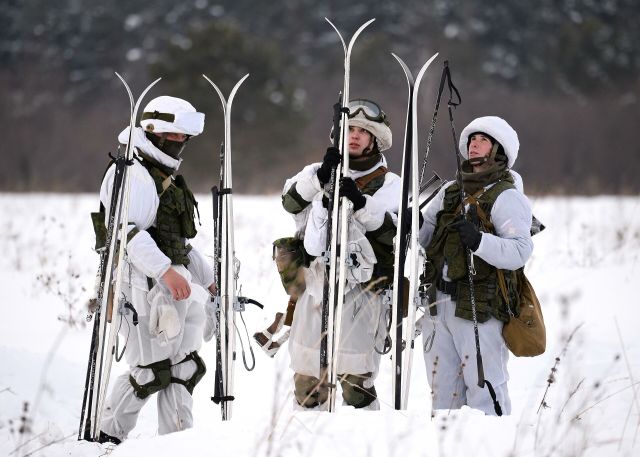
Ski training of military personnel in the Kemerovo region
Image source: © RIA Novosti / Alexander Kryazhev
Secondly, the advancing troops are tied to the roads, therefore, they have a narrow formation, which means that they are vulnerable to attacks from the flanks.
Third, a sudden snowstorm can make serious adjustments to plans, as snow reliably hides pre-defined landmarks on the ground.
Fourth, the "green" disappears. It is much more difficult for the attackers to move stealthily through the forests — even a small detachment can easily be seen from the air among the bare trees.
And, finally, fifthly, combat operations in the cold season require maximum tension of the rear services, which need to dress and shoe the entire group, deliver winter fuel and lubricants to armored units in time, and ensure timely delivery of ammunition to positions.
History has repeatedly proved that a fighter without a warm uniform in severe frost is not capable of fighting. One of the reasons for the failure of the Red Army in the first stage of the Winter War, researchers believe that the Finnish soldiers were much better equipped. Many Red Army soldiers went on the attack in summer uniforms. Already in the first weeks of the armed conflict, thousands of Soviet soldiers were sent to the rear with frostbite on their feet. Total losses from frostbite reached eight percent. And in the First World War-and up to twenty.
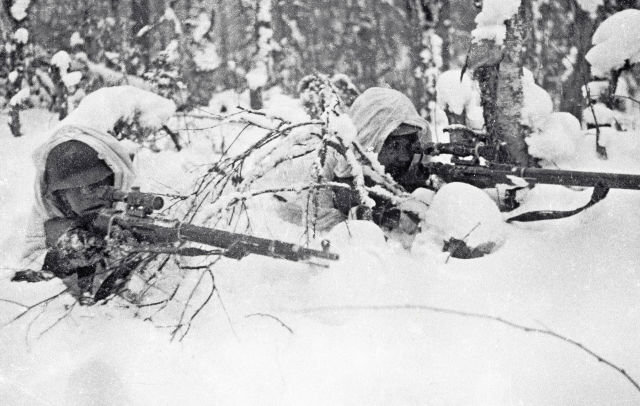
Red Army snipers in an ambush on the territory of Karelia. Soviet-Finnish War of 1939-1940
Image source: © RIA Novosti
In December 1941, the lack of sets of winter uniforms played a cruel joke with the Germans. Despite the initial success of Operation Barbarossa, by winter the Nazis had exhausted their offensive capabilities. The Wehrmacht stretched its own communications too much, tanks did not start in severe frost, soldiers one by one were out of action due to diseases. Hitler hoped to end the war before the cold weather, so his generals did not take care of warm uniforms.
It is no secret that the decisive contribution to the victory at Moscow was made by well-equipped fresh Siberian divisions, which were promptly transferred to the front. However, "General Moroz" also played an important role in the successful counteroffensive of the Red Army.
The advantage of the defense
From a tactical point of view, it is much easier to defend in winter than to attack. A properly dug-in military unit with equipped reserve positions, trench lines, caponiers for military equipment and well-established supply is a formidable force. The enemy has to storm this bastion head-on, under machine-gun and artillery fire, getting bogged down in the snow and being blown up in minefields.
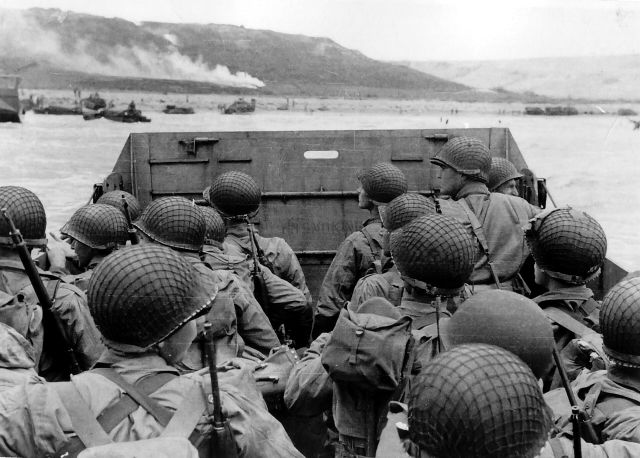
The landing of the US military on a landing ship on the Normandy beach of Omaha in France. On June 6, 1944
Image source: © Photo : US Navy
An example of a successful winter defensive campaign is the Battle of Baston, which lasted from December 19, 1944 to January 17, 1945. Twenty-three thousand American soldiers, mostly from the 101st Airborne Division, held the small Belgian town of Bastogne, where seven strategically important roads converged. The Germans hoped to capture Bastogne in order to move troops freely in different operational directions. However, American paratroopers thwarted their plans.
The Germans had more than twice the numerical advantage, as well as complete superiority in tanks and artillery. The Americans suffered greatly from the lack of winter uniforms. Due to bad weather and dense fog, the encircled troops could not provide tactical air support, establish supplies by air. However, a well-organized defense allowed the Americans to repel all attacks. The defense of Bastogne was also of great symbolic importance. Reports of the tenacity of the defenders of the city kept up the morale of the Allies throughout the Western Front. The fierceness of the fighting is best indicated by the ratio of losses: the Americans — about three thousand people, the Germans-more than 12 thousand.
The defenders of the Soviet Arctic also fought heroically. The Germans tried to break through the defensive lines of the Karelian Front troops from 1941 to 1944, but did not achieve any significant success. In winter, the temperature sometimes dropped to minus 30, and the Red Army was better prepared for severe frosts. Especially distinguished in the battles of Soviet scouts and saboteurs, who went on long raids on the enemy's rear and lived for months in snow-covered forests.
Weapons for the Arctic
The modern Russian army is ready to fight both in the heat and in the cold. The most" frost-resistant " formation is considered to be the Northern Fleet, which from January 1, 2021 will be the only fleet in the history of Russia, endowed with the powers of the military district. Its area of responsibility extends from Murmansk to Anadyr, which is more than five thousand kilometers. Conditions for service are not easy, but the strategic importance of the Arctic for Russia is difficult to overestimate.
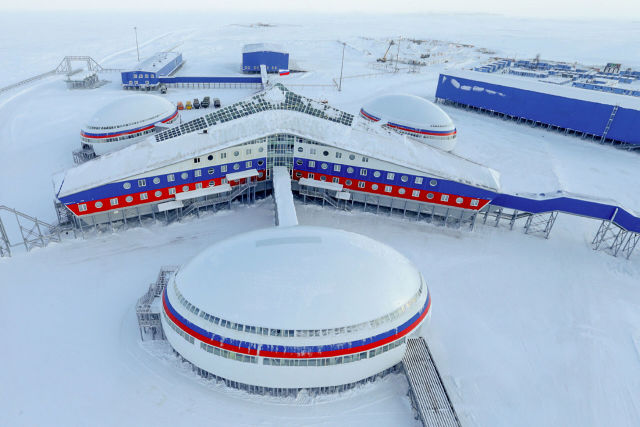
Russian military base "Arctic Shamrock" on the island of Alexandra Land in the Franz Josef Land archipelago
Image source: © RIA Novosti / Russian Defense Ministry
The region has a network of military facilities that protect soldiers and officers from extremely severe frosts. For example, the famous base "Arctic Shamrock" on the island of Alexandra Land in the Franz Josef Land archipelago. Here, a garrison of 150 people serves in warmth and relative comfort. All buildings are built on stilts buried in permafrost. Today, air defense units are based in the "Arctic Shamrock". Fighters are sent here mainly from the northern regions of Russia, which are used to cold weather.
Specially selected and military equipment. This year, it became known that units of the coastal forces of the Northern Fleet will receive upgraded T-80BVM tanks. The main "Arctic" advantage of this machine is the gas turbine engine, which is much easier and faster to run in severe frosts than, for example, a diesel power plant.
In addition, the Arctic units have tractors, all-terrain vehicles, air defense systems and armored personnel carriers adapted for low temperatures. And the soldiers of the 80th separate motorized rifle brigade, deployed in the village of Alakurtti in the Murmansk region, often move on reindeer and dog sleds.
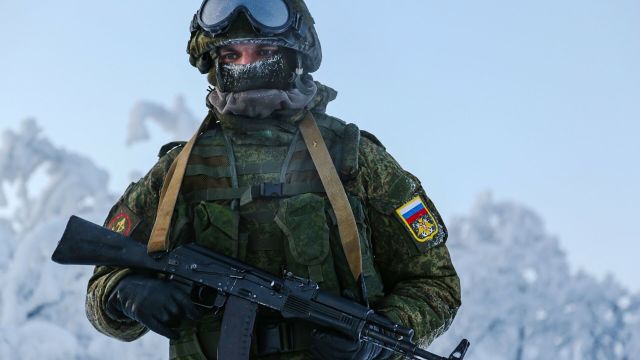


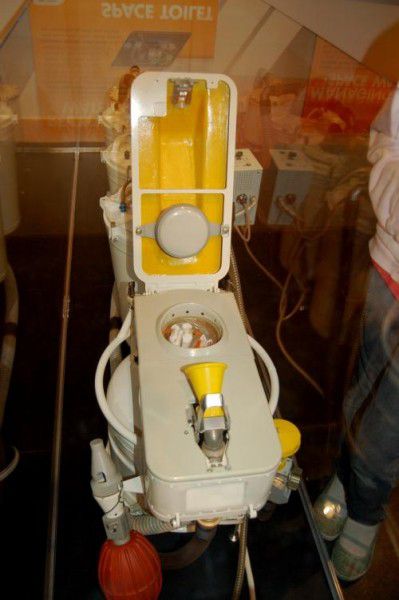 Один из вариантов устройства, минимум объема и веса.
Один из вариантов устройства, минимум объема и веса.
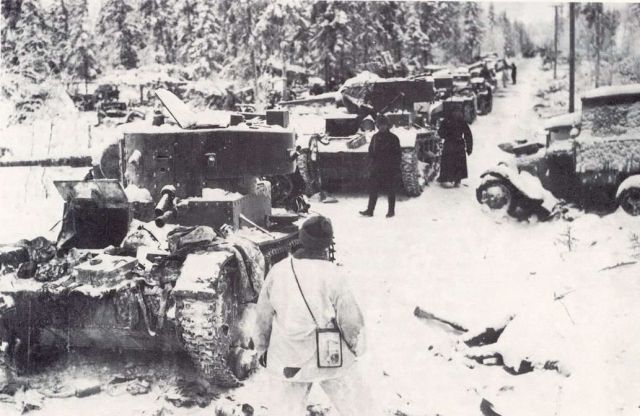 Это техника Красной Армии на Карельском перешейке. Есть и фото с горой замерзших наших солдат. А фото с замерзшими под Сталинградом немцами вызывают двоякие чувства. Так фрицам и надо. Однако генерал мороз не дальновидных, наказывает в любой армии.
Это техника Красной Армии на Карельском перешейке. Есть и фото с горой замерзших наших солдат. А фото с замерзшими под Сталинградом немцами вызывают двоякие чувства. Так фрицам и надо. Однако генерал мороз не дальновидных, наказывает в любой армии.
